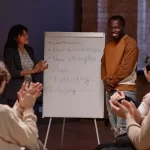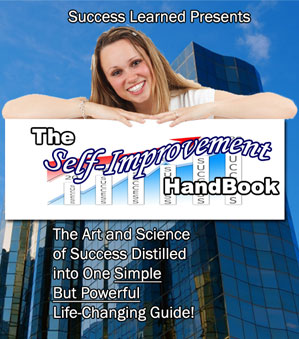unleash your creativity – osho speech | motivational video | inspirational …….
creativity:-
Creativity is a phenomenon whereby something new and somehow valuable is formed. The created item may be intangible (such as an idea, a scientific theory, a musical composition, or a joke) or a physical object (such as an invention, a literary work, or a painting).
osho:-
Osho (11 December 1931 – 19 January 1990), also known as Bhagwan Shree Rajneesh, Acharya Rajneesh, and Chandra Mohan Jain, was an Indian ‘Godman’and leader of the Rajneesh movement. During his lifetime he was viewed as a controversial mystic, guru, and spiritual teacher. In the 1960s he travelled throughout India as a public speaker and was a vocal critic of socialism, Mahatma Gandhi,and Hindu religious orthodoxy. He advocated a more open attitude towards human sexuality, earning him the sobriquet “sex guru” in the Indian and later international press, although this attitude became more acceptable with time.
7 Tips And Exercises To Boost Your Creativity: Follow A Few Steps & Strategies To Solve Any Problem
So, you have a problem or projects that has you stumped? Or you are not quite satisfied with some of your solutions? Try these ideas:
1.Gather Information: you might not have enough information about your project/problem to come up with a great creative solution. Exercise: Go to a source of information you don’t typically use. When is the last time you went to a library? Is there a government agency that has related information? How about a local community college, is there an instructor that teaches something connected to your subject? Clerks at bookstores are often very helpful. There may be trade magazines addressing your area of interest.
2. Be Active: yes, you read correctly. Your brain uses a lot of oxygen and does not work well when undernourished. Exercise: Go do something active and FUN! This will get the blood flowing and when you have fun, your creative juices start flowing. Do something that you haven’t done in long time: dance, roller skate, hike, ride horseback, garden, or ride a bike.
3. Change your viewpoint: As Einstein is quoted as saying: “We can’t solve problems by using the same kind of thinking we used when we created them.” Your perception determines the path to a problem’s solution. Exercise: Look at your problem from another point of view. What would your problem look like if you were a different person? Imagine…from the viewpoint of a child, a co-worker, your dog, a gambler, a professional athlete, etc. This may sound silly, the point is to shake up your normal routine and help your brain create new pathways of thought.
4. Compare and Contrast: Compare your problem/issue/project to something very different; an object or a concept. Through juxtaposition, you may find combinations you never saw before. Exercise: Grab a blank sheet of paper. Write your problem at the top. Next to it write an unrelated idea such as “shoe”, “the national highway system”, “a candy bar”, “cat litter”….you get the idea! Underneath write every way you can think that these two things are alike. Remember to have fun. This is simply another method of changing your viewpoint as well as generating more ideas.
5. Be Visual: Thinking is very fluid and visual, making use of symbols and pictures instead of words. Give your problem a color…even a smell! What shape is it? What does it feel like to the touch? Exercise: This is best done with a large sheet of paper or a white board. Use a regular piece of paper if that’s all you have. Draw a rectangle in the center and label it with your problem/project. Draw at least 5-6 radiating lines coming out from the box. Label these lines as different aspects of your project. For instance, if the problem is Planning a Wedding on a Tight Budget, some of the radiating lines could be Food, Entertainment, and Wedding Dress. If the problem is Building a Team at work, some of the lines could be Collaboration, Productivity, and Communication. At the end of each line write whatever you think needs to happen with that area. This exercise can help you see the big picture as well as prioritize all the parts of your project.
6. Generate LOTS of ideas: You have gathered information, pumped up your enthusiasm and reviewed your problem from many angles. It’s time to really let loose with ideas. Exercise: Brainstorm! I mean REALLY brainstorm. Don’t just toss out a handful of ideas and call it quits. Put some energy into it. Collaboration is good for this as everyone will get some different ideas. Hand everyone a piece of paper (preferably large, that you can stick to the wall). Set a time limit. Allow enough time to get plenty of ideas but not so much time that you judge the ideas coming out of you (5-10 minutes). Also set a goal for the number ideas, a goal that will force you to work fast. Speed is important as well as reserving any judgment.
7. Give it to your subconscious: Let you subconscious mind have another crack at it. You have plenty of information and ideas. It may be challenging to pick the best course of action. Exercise: Sleep on it! Let your mind have it while you are resting. For this to really work you must do a review just before going to bed and place a notebook by your bed so you can jot down ideas if you wake up during the night and first thing in the morning. Intend that you will have some answers when you wake up. As you wake up, you may have to catch the ideas in the half-awake state. The notebook is right beside you so you won’t lose any good thoughts.
Congratulations! You came up with some very creative solutions to your project. You can repeat this process with any subject.
Download our Free e-book and change your life today.







